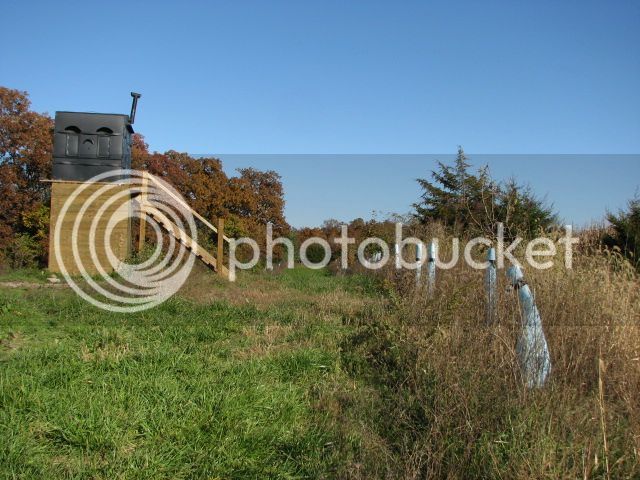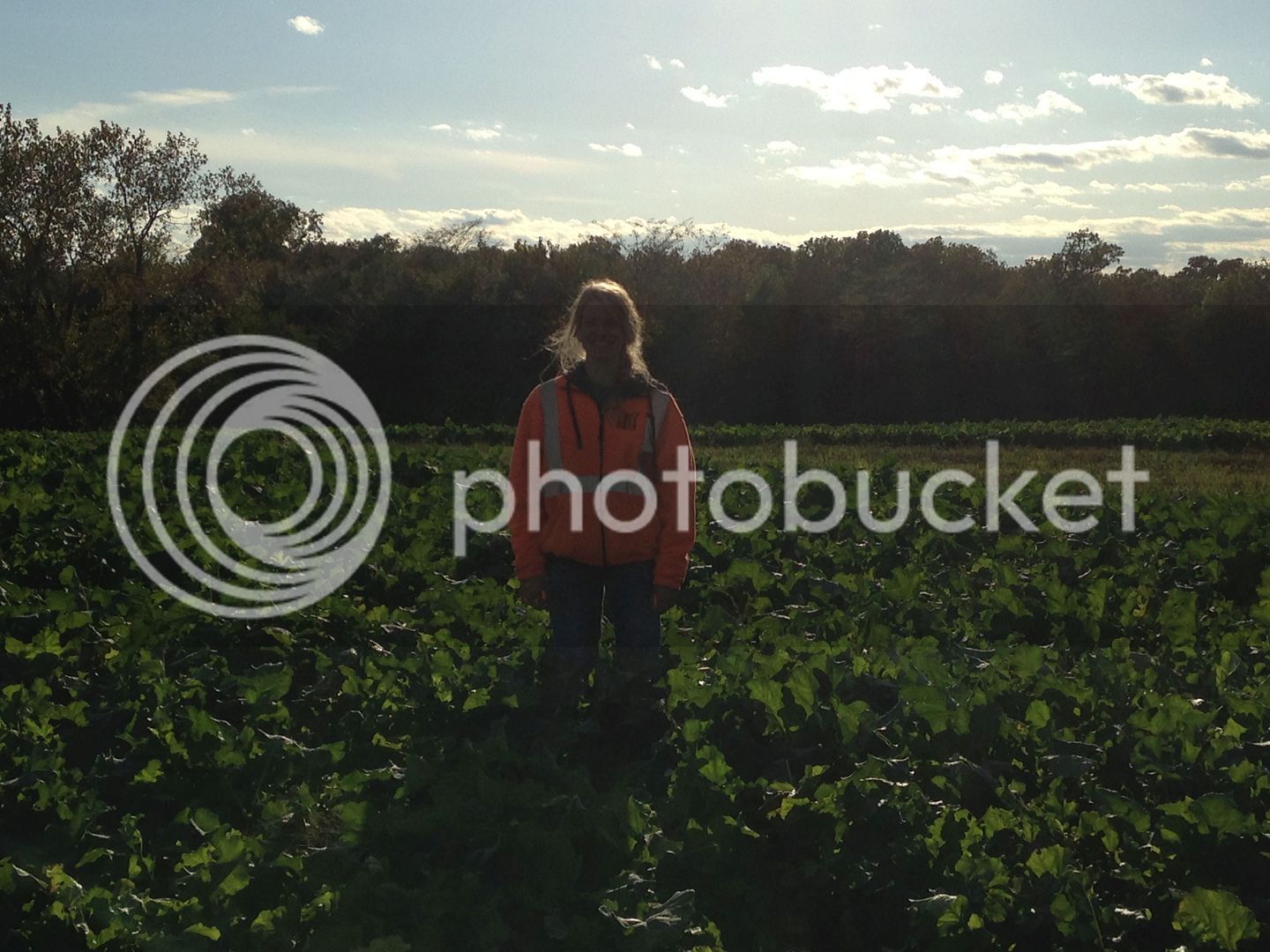1
My friend John Komp of Northwoods Whitetails sent me this picture of his brassicas, definitely worth showing off! John sells a mix he put together that is very inexpensive and obviously very productive, give him a shout for your seed needs in the Great Lakes region.

There are many reasons the dbltree crop rotation work's so successfully for landowners managing for whitetails, but one that is overlooked is the adaption factor. Whitetails are creatures of habit but we seem determined to constantly force them to break habits and develop new ones. Our hunting culture has been centered on hunting deer rather than whitetails themselves, this is why many people really know little about their quarry and the habitat they live in.
For years now people have done nothing to improve native cover and browse and planted crops solely to shoot deer. Providing all their habitat needs never crossed their minds.

It makes no sense from neither a hunting nor management perspective to break habits and force deer to move, possibly to neighboring property. That is exactly what happens however when we plant food source's that barely last through hunting season. When bitter winter snows blow through open timber deer leave, when acorns or apple's rain down from neighboring property deer are naturally attracted to them. It doesn't take a rocket scientist to figure out that if we provide year around food sources, soft and hard mast all in one place, whitetails have no reason to roam.
Note the apple and pear trees in this food plot.

As trail cams became popular, the average hunter was only interested in bucks, how many, how big and how old. Because of my love for wildlife and habitat I found myself looking beyond bucks and learning more about whitetail behavior and habits. Over time the cams revealed that deer groups would do almost exactly the same thing every day. Because I had two separate farms, I observed deer in completely different habitat yet they responded to habitat improvements in the same ways.
As God blessed my habitat business and it continued to grow, I was able to observe deer responding in the same way on more farm's, to many to ignore.
Note here that we have planted hundreds of hybrid oaks which bear sweet, low tannin acorns, around the perimeter of the plot.

When deer have everything they need in one place year around, year after year they become habituated to depending on those food sources. Whitetails are not like us, they don't get bored with what's for dinner. They are survivors they are interested in nothing more than having a safe place to bed and feed. A centrally located feeding area, screened by conifers and shrubs and surrounded by thick bedding cover is like winning the lottery to a whitetail!
With everything they require and more, deer not only won't leave but they will do the same thing every day. They will travel the same runways, enter the plot the same place and largely ignore other neighboring crops.
This field has been in corn and soybeans every year for a decade or more yet deer walk right through it, they are so acclimated to finding everything they need in plot beyond.

You see it's not about brassicas or rye it's about habitat, utilizing every square inch of property to maximize your property for whitetails. Obviously hunting a deer that does exactly the same thing every day is easier than one that is forced to change constantly. Hunting whitetails that bed close to feed because they feel safe in thick cover rather then a half mile away in open timber, they will be under your stand before dark.
When deer walk through standing corn to get to the rye, brassicas and clover they come to depend on they are easier to kill.
Brassicas are just one tool in our habitat plan, while very important they alone are not the answer.

Bucks will travel during the rut when feed of any kind is of little interest to them. They will however check both feeding and bedding areas in search of and they will hit the rye and brassicas hard when the rut end's.

Brassicas yields are beyond what most whitetail managers can achieve growing other crops and far less expensive to grow. Even brassicas can be wiped out if planted alone and alone they can't feed deer year around so those that plant only brassicas or any other single crop will have a tough time holding big whitetails. Neighboring landowners will of course appreciate mismanagement that sends bucks roaming for food and cover.

Dbltree seed mix and rotation
Plant ALL in one plot in strips or blocks
Alice, Kopu II, Durana (or comparable) white clover 10% of plot, sow at 6#'s per acre with the rye combination in the fall or in the spring with oats and berseem clover. Correct Ph and P&K with soil tests
Brassicas in 45% of plot
Purple Top Turnips 3#
Dwarf Essex Rape 2#
GroundHog Forage radish 5#
Plant in mid to late July in most Midwest states, or 60-90 days before your first killing frost, Use 200#'s of 46-0-0 urea and 400#'s of 6-28-28 per acre. Follow the dead brassicas with oats and berseem or crimson clover in mid spring at 60#'s oats and 12-15#'s berseem clover and/or crimson and/or 50#'s of chickling vetch)
Cereal Grain combo in 45% of plot...we use 50# each rye, oats and peas along with radish and clover seed all planted in half of each feeding area
Winter rye 50-80#'s per acre (56#'s = a bushel)
Spring oats 50-120#'s per acre (32#'s = a bushel)
Frostmaster Winter Peas or 4010/6040 Forage peas 20-80#'s per acre
Red Clover 8-12#'s per acre or white clover at 6#'s per acre (or 20-40 pounds hairy vetch and 20-30#'s crimson clover on sandy soils)
Groundhog Forage Radish 5#'s per acre
Plant in late August to early September, if following well fertilized brassicas use 100 - 200#'s of urea, if starting a new plot add 400#'s of 6-28-28 but for best results soil test and add only what is necessary.
Rotate the brassicas and rye combo each year
















